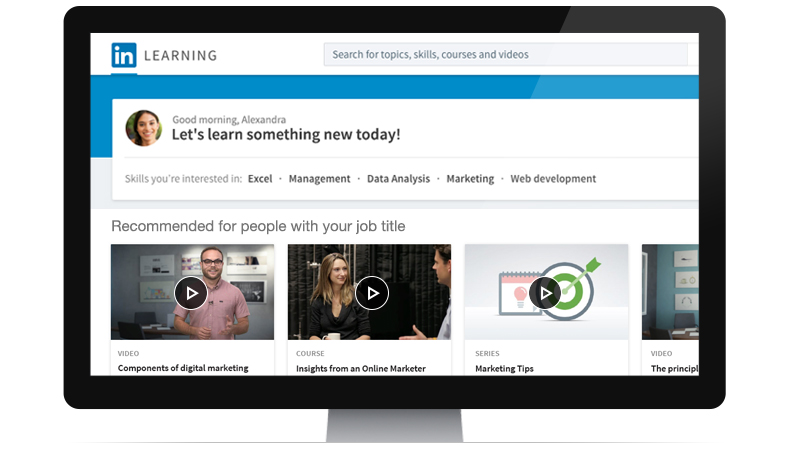Audio enhancement is never going to be an easy sell. You’re basically trying to sell something people don’t know they’re missing. Sure, the audio coming out of your everyday iPhone earbuds is "meh" at best, but for most people it’s good enough.
BoomCloud 360, though, contends it can fill in that aural gap that you didn’t know you were missing for $99.
The company's device is called BoomStick and, despite the big-sounding name, it’s a relatively tiny, palm-sized device with a 3.5mm output port on one end and a 3.5mm input jack on the other.
According to the manufacturers, it can enhance virtually any audio source with a built an advanced digital signal processor (ADSP) that includes psychoacoustic base adjustment, spatial enhancement and high-frequency contouring. They all combine to, BoomCloud 360 claims, reveal latent audio qualities — things that can get masked in a sound mix
Unlike devices that simply boost audio or even fake 3D sound ("I hear helicopters behind me!"), BoomStick seeks to enhance the spatial quality of music, gaming, movies and spoken audio.
Psychoacoustics, or the study of sound perception, has been around for years. BoomCloud 360 CTO Alan Kraemer, who was formerly CTO at SRS, is an audio expert who is deeply knowledgeable in psychoacoustics. He says it presents audio in a fashion more akin to how we hear it in a natural environment.
Kraemer believes that those chasing lossless audio, like Ponos and Tidal "are wrong." The benefits of higher sample rates are questionable, at best, he told me. Kraemer admitted that bit-depth can help audio quality, but "99% of people can’t hear these things."
Can I hear it
BoomStick has been on the market for almost a month, but now it’s starting to sell in Sprint stores for $79. Seems like the right time to deliver my assessment.
Like any good gadget, BoomStick doesn’t ask you to install special software or twist into knots to complete the setup. It’s simply plug and play. The lightweight device comes with its own carrying case so you can keep it with you and use it with any of your portable devices — at least those that play audio.
The jack plugs into your device's audio out port, and then your headphones plug into the other end of the BoomStick. There’s a small power slider on one side and a mini-USB port for charging. BoomCloud 360 execs told me it can last 15 hours on a charge. Since much of the chassis is filled with battery, it could be an ever smaller device if they dropped the duration to just 8 hours — something BoomCloud 360 has considered.
On the face of the device are a few indicator lights (power, battery and sound) and one large button that turns the audio algorithm on and off. Even with the power off, BoomStick serves as an audio pass-through device and when you turn it on, it doesn’t alter the audio until you hit that big button.
Hit the button
Now here’s where it gets tricky. Yes, when I hit that button virtually every listening device I tried – Apple iPhone ear buds, Beats Audio Solo 2 headphones and Sony Professional Dynamic Stereo Headphones – showed an audible difference.
In general, sound in music, games and video got more spatial presence. The ambient sound, like wind rustling trees and saxophones playing behind Frank Sinatra on New York, New York, moved a little forward. There was also a little sound and bass boost, so the overall sound got louder and there was a little more thump.
Audio quality enhancement on both the Beats and Sony headphones was certainly more pleasant. There’s a warmer sound coming from both those headsets, especially on the Sony’s, which do not seem to add any kind of unwanted signal processing.
The tone on the Apple ear buds could get a bit sharp so that, when I turned on BoomStick, some of the background noises moved into competition with the forward sounds.
While music and games definitely benefited from BoomStick’s audio enhancement, I think the device is a kind of godsend for movie Foley artists.
In film production, they're the ones who create all the sound effects, everything from footsteps to wind to rain drops. BoomStick seems to pluck those sounds out of obscurity and thrust them forward, without overwhelming the voices and soundtrack. This was particularly effective in The Day After Tomorrow: The effect was like watching a big screen movie with digital surround sound, even though I was just using Apple earbuds.
Is BoomStick worth $79 to $99? After all, you can always spend that money on a better pair of headphones. Based on my experience, however, even the sound coming from a pair of headphones costing hundreds of dollars can get a boost from BoomStick.













